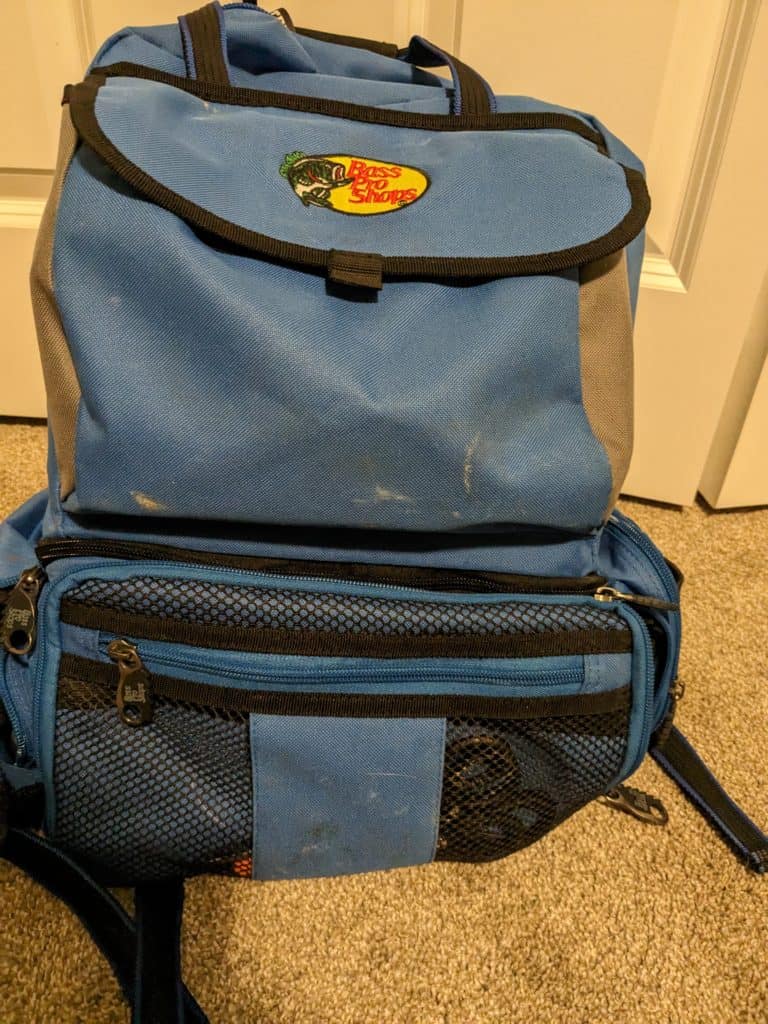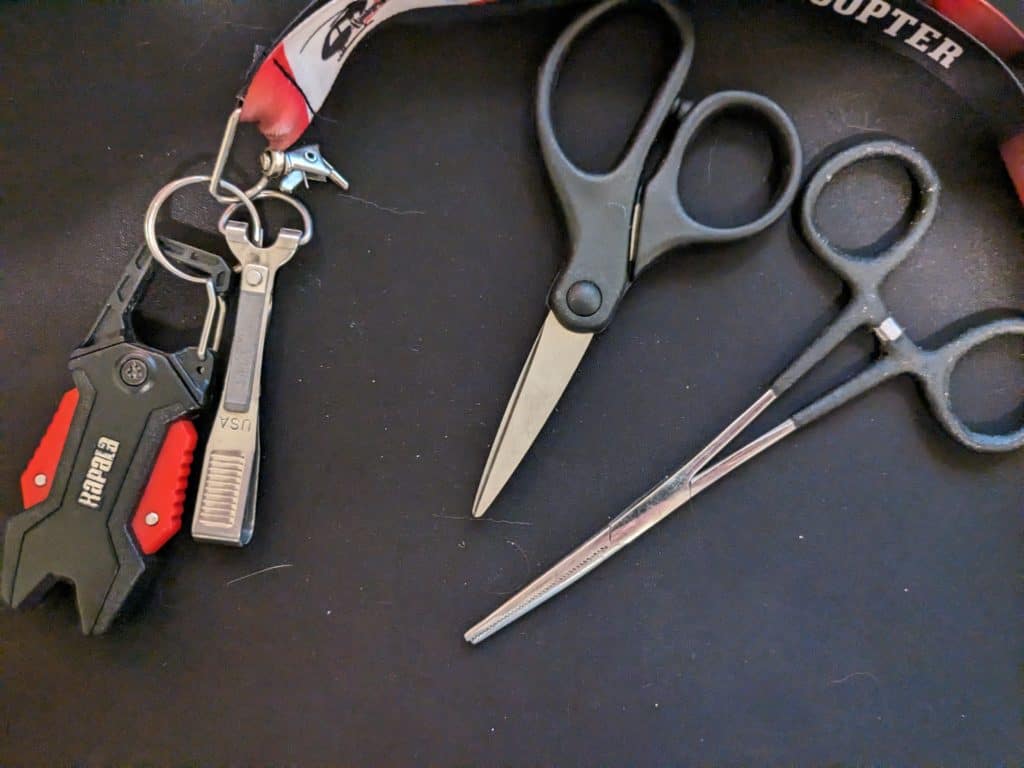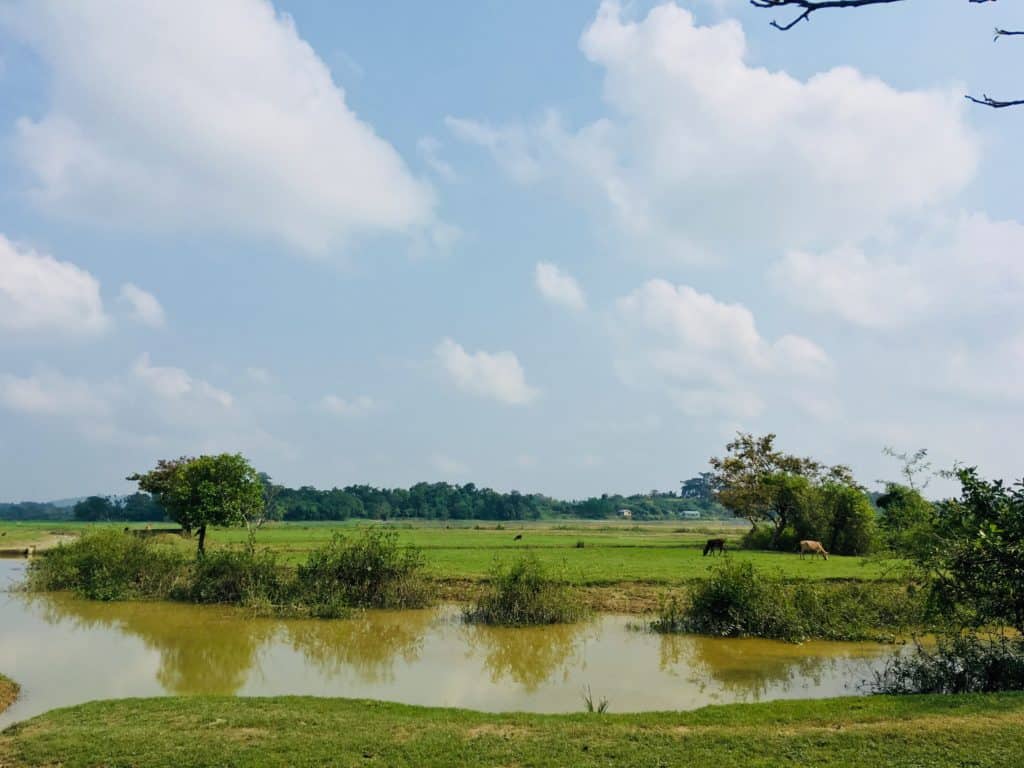Bank fishing is at the heart of our sport. I’d wager most of us started with a little Zebco and some nightcrawlers, and thought we were on top of the world when pulling in that 12 inch largemouth or the tiny countless bluegill that our dad’s had to take off the hook for us. For me, bank fishing never stopped. Yes, a boat or kayak is always nice to have. Still, some of my biggest catches and fondest memories are all from fishing from the bank. I’ll share some key insights about the best baits, the right gear, and tried-and-true tactics to make your bank fishing experience an unforgettable one.
Introduction to Bank Fishing in Ponds
Before we dive deep into the specifics, let’s cover the basics first. Bank fishing, also known as shore fishing, involves fishing from riverbanks, ponds, or lakesides, often without the use of a boat. This method can be as rewarding as boat fishing, especially when you’re targeting largemouth bass in ponds. The allure lies in its simplicity and accessibility, opening doors for anglers of all skill levels. You don’t have to have a big pocket book to fish from the bank, just a pair of beat up ole sneakers and the willingness to get covered in ticks and eaten alive by mosquitoes.
Equipment for Bank Fishing: Travel Light, But Wise
One of the most common questions asked by beginner bank anglers is, “How much gear should I carry?” While it’s tempting to take along every piece of equipment you own, the golden rule of bank fishing is to keep your gear lightweight and functional. Listen, I am the first to admit I bring way too much gear, even when bank fishing. A large majority of that reason being I hate to retie as much as the Devil hates Johnny and his fiddlin’. To me, carrying a lot of rods is just easier, and I can constantly switch lures without much hassle. However, possibly due to budget or space, going minimalistic in your bank fishing approach has many benefits. The information below shows you how to keep it simple stupid.
- Fishing Rods and Reels: A medium fast spinning setup and a Medium Heavy fast baitcasting setup is a sweet 1-2 punch for bank fishing in ponds. These two combos will allow you to cover virtually every type or lure or situation you might face when beating the banks. For length, I personally prefer my rods to be in the 6’10” – 7’2″ range. This allows you to be able to still maneuver around, while still having enough horsepower to haul the fish in.
- Tackle Bag: A compact, well-organized tackle bag is a must for every bank angler. Long gone are the days of lugging around the 50 pound tackle box with hinges your grandpa used to make you carry. You can throw a variety of Plano-style 3600 or 3700 sized boxes and a handful of soft plastics and be set for a day of fishing. If you really want to keep it simple, pack a Plano box as your “pond box”, which is short for chucking in whatever lures might be suited best for that particular pond. The other box can be your terminal tackle box, which is simply all of your hooks, weights, bobber stops, etc. If you are looking for my top budget suggestion for a fishing backpack, refer to this article I wrote a while back.


- Accessories: Don’t forget essential accessories such as fishing pliers, a line cutter, and braided line scissors. I like to keep mine line cutters on a lanyard, as it makes it easy to cut your line on the fly. FYI, packing a small first aid kit with some bandages, alcohol wipes, and gauze is always a great insurance policy. Being able to throw a bandaid when you hook yourself with a treble or whatever is a nice option and can save your day of fishing. Always include a printed fishing license (I laminate mine) in your backpack, just in case.
If you are looking at some other options for how to effectively bank fish, check out Josh from PigPatrol on YouTube. The guy is the epitome of a bank fishing master, and he is like the rest of us guys who constantly fish cheap gear and pond hop as much as possible to catch some fish.
Choosing the Right Baits for Largemouth Bass
The nice thing about largemouth bass is that they are often in very shallow water and love to haunt the banks. Your choice of bait can make a significant difference in your fishing outcome. Here are some of the most effective baits for largemouth bass when bank fishing:
- Plastic Worms: No other bait can top the plastic worm when it comes to largemouth bass fishing. You can rig it weightless, Texas rigged, Carolina, and the list goes on. It would also be a sin not to be a stick-bait option and a ribbontail style worm in different lengths when beating up the banks.
- Spinnerbaits: These baits create vibrations in the water, catching the attention of lurking largemouth bass. Their unique design allows them to be reeled in at different speeds and depths, making them versatile for pond bank fishing and ripping through grass.
- Crankbaits: Crankbaits are excellent for covering large areas of water quickly. They imitate the look and movement of small fish, a staple in the diet of largemouth bass. For your ponds and lakes that have riprap or a rocky bottom in areas, a squarebill crankbait is a must and you can absolutely clean up fish if the crankbait bite is on.
- Topwater Lures: These lures work best early in the morning or late in the evening when largemouth bass are feeding near the surface. Don’t ever be caught fishing throughout the banks with several topwater options. Frogs, buzzbaits, spooks, and specific lures like the Whopper Plopper are absolute musts for bank anglers.
Tactics for Successful Bank Fishing
Knowing where and how to fish from the bank can drastically improve your chances of landing a big one. Here are a few strategies for successful bank fishing in ponds:
- Understand the Terrain: A basic understanding of underwater terrain helps you pinpoint the spots where bass are likely to hang out. Look for structures like submerged trees, rock piles, or weed beds where bass love to hide.
- Cast Parallel to the Shore: Instead of casting your line straight out into the pond, try casting parallel to the shore. Largemouth bass often swim along the edges of the pond, making these areas a hotspot for action.
- Maintain Stealth: Bass are often very shallow and are sitting in grass or shade right along the bank. Approach the bank quietly, avoid casting a shadow over the water, and make your casts as quietly as possible several feet from the bank. Once you think you have covered the shallowest area possible, you can move up to the water’s edge.
Wrapping Up
Armed with the right gear, the best baits, and proven tactics, you’re all set to conquer the world of bank fishing for largemouth bass in ponds. It’s a journey filled with learning, excitement, and the thrill of reeling in a big one right from the shore. Remember, it’s not just about the catch; it’s also about the serenity and joy that bank fishing brings. Happy fishing!
If you’ve found this post useful, make sure to share it with your fellow anglers. Stay tuned for more tips, tricks, and strategies to elevate your bank fishing game.
Tight Lines,
Dawson

Pingback: Dominate Summer Swim Jigging: TEchniques, Tips, & Tricks | Tackle Box Tactics